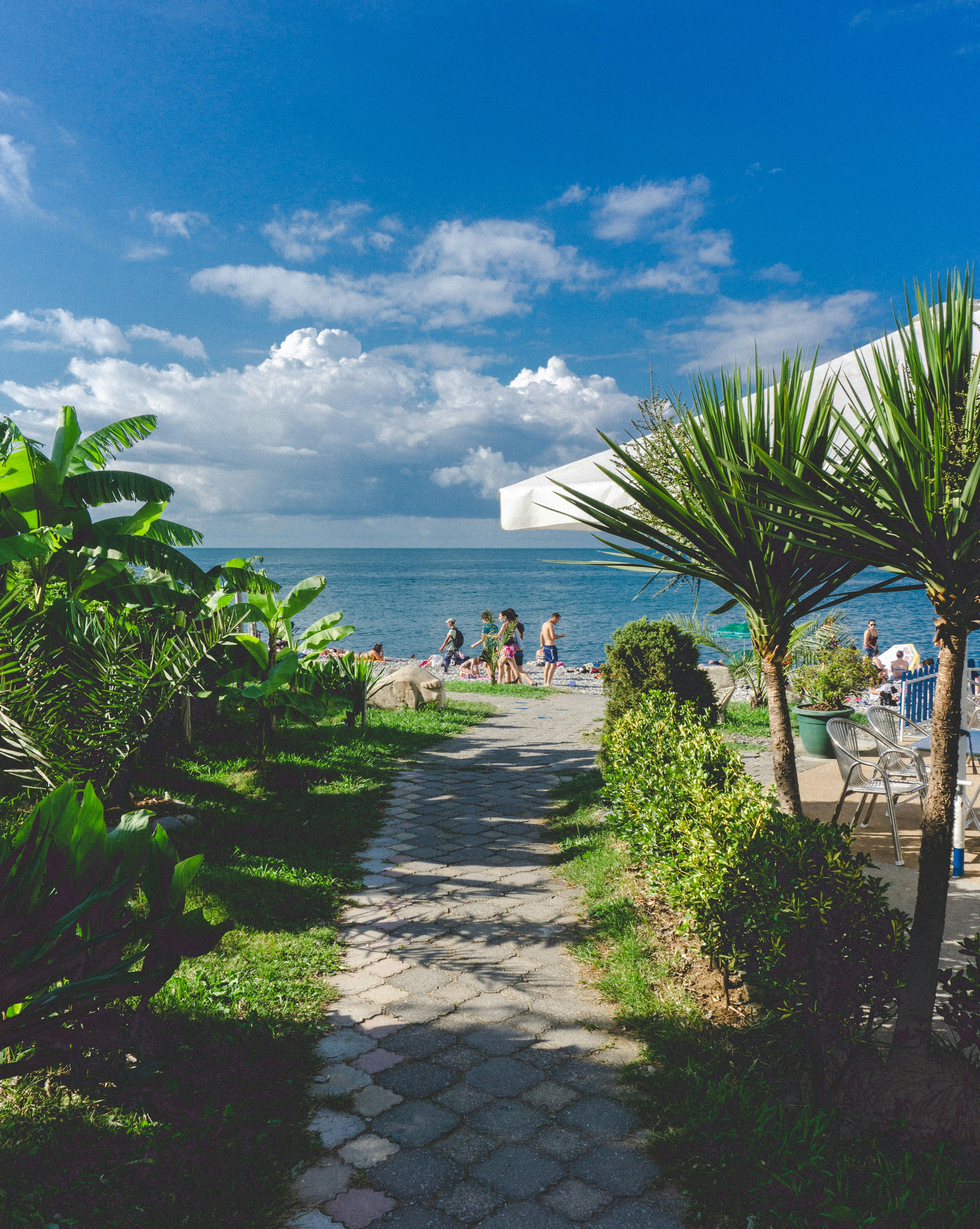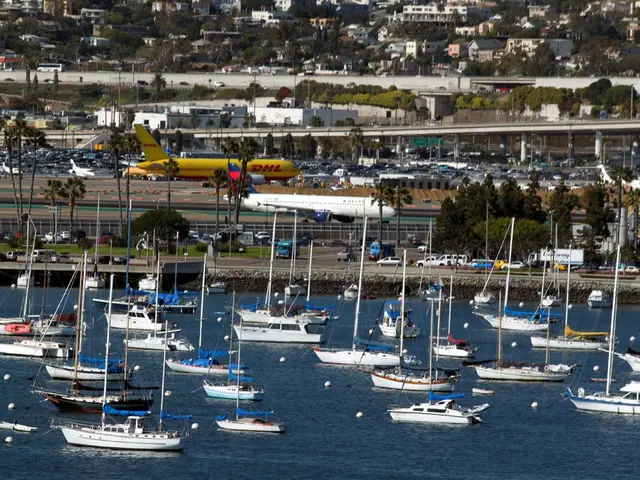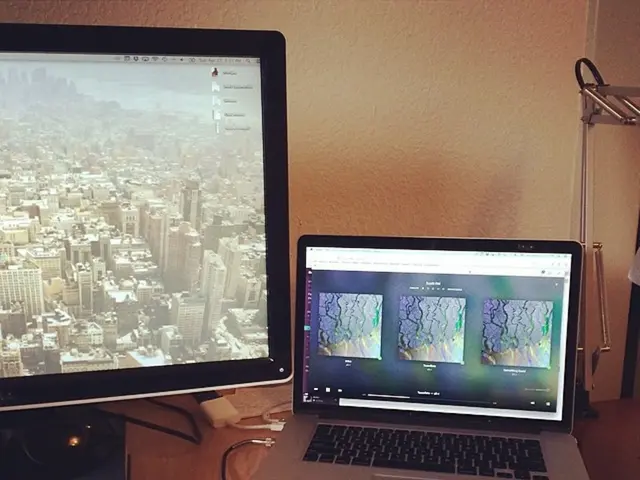Bucharest places seventh in Europe's most vigorous industrial logistics market expansion, as reported by Colliers.
According to a recent report by Colliers, the modern stock of leasable industrial and logistics space in Bucharest has nearly quadrupled over the past decade, reaching over 3.6 million square meters. This places Bucharest as the 7th most dynamic market in the EU and the 5th in terms of growth between 2015 and 2025.
Despite a challenging economic environment, the beginning of 2025 brings positive signs, with leasing volumes up by more than 50% compared to the first quarter of 2024. This growth is significant, with the industrial and logistics sector being one of the most dynamic segments of the Romanian real estate market, according to Victor Coşconel, Partner and Head of Leasing at Colliers.
Bucharest's western and north-western outskirts remain the core of the city's logistics activity. However, recent years have seen rising interest in the southern and eastern zones due to lower land costs and improved access to labor. This shift in focus is noteworthy, as it indicates a broader geographical distribution of industrial and logistics activities within the city.
Nationally, Romania's modern industrial stock reached 7.6 million square meters this year, up from 1.6 million square meters in 2015. Bucharest remains a key hub, but regional cities have grown even faster, thanks to competitive wages, a wider labor pool, and the expansion of the manufacturing sector in Transylvania and southern Romania.
Colliers partner Victor Coşconel believes that Romania retains significant growth potential, driven by a higher level of consumption compared to more mature European economies such as Poland, the Czech Republic, or Hungary. Furthermore, Romania uses its industrial and logistics spaces more intensively relative to its export volumes, exporting over 7 million tons of goods for every 1 million square meters of leasable space, surpassing the figures for Poland and the Czech Republic.
The first quarter of 2025 saw the industrial and logistics leasing market grow by approximately 50% year-over-year, reaching 156,000 square meters based on publicly disclosed transactions, according to Colliers data. Notable deals included the renegotiation and expansion of Delamode's 30,000 square meter lease at CTPark Bucharest West, a 20,000 square meter lease signed by auto parts distributor NRF in MLP Bucharest West, and a 40,000 square meter lease by Dutch retailer Action in WDP Dragomirești.
The growth of Bucharest's industrial and logistics sectors is attributed to several factors, including its strategic location, economic growth, and investment in infrastructure. These factors have made the city an attractive hub for logistics and manufacturing, offering easy access to major European markets. Compared to other major EU markets, Bucharest faces challenges such as a shortage of skilled labor and high demand for space, but it remains an attractive location due to its economic stability and the potential for further growth.
Investors in the finance sector may find promising opportunities in the rapidly growing industrial and logistics industry of Bucharest. The increased demand for leasable space, as evidenced by the 50% growth in leasing volumes during the first quarter of 2025, could provide profitable ventures.
Moreover, the expansion of the manufacturing sector, particularly in regions like Transylvania and southern Romania, signals a broader economic growth that could stimulate real-estate investments, beyond just Bucharest. The shifting focus towards the southern and eastern zones, due to lower land costs and improved access to labor, presents exciting prospects for investors seeking to diversify their real-estate portfolio.








